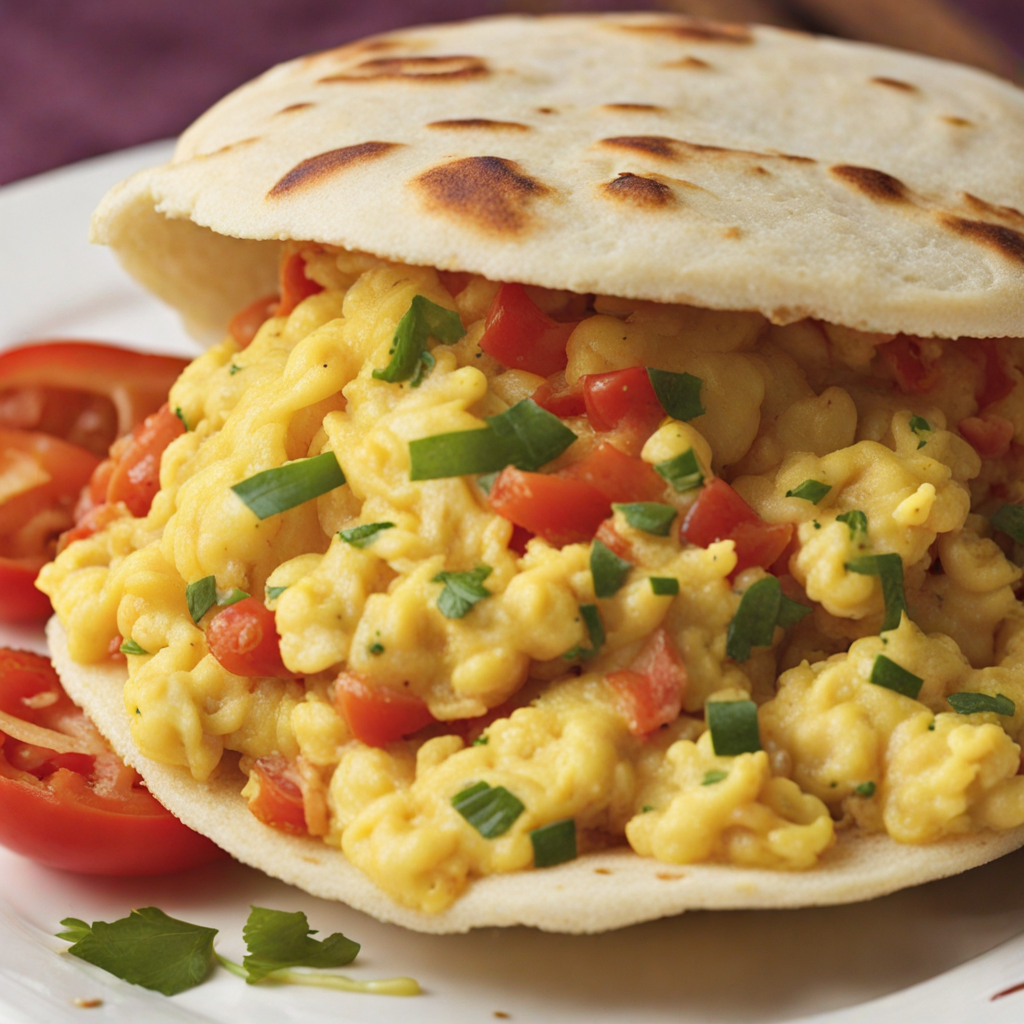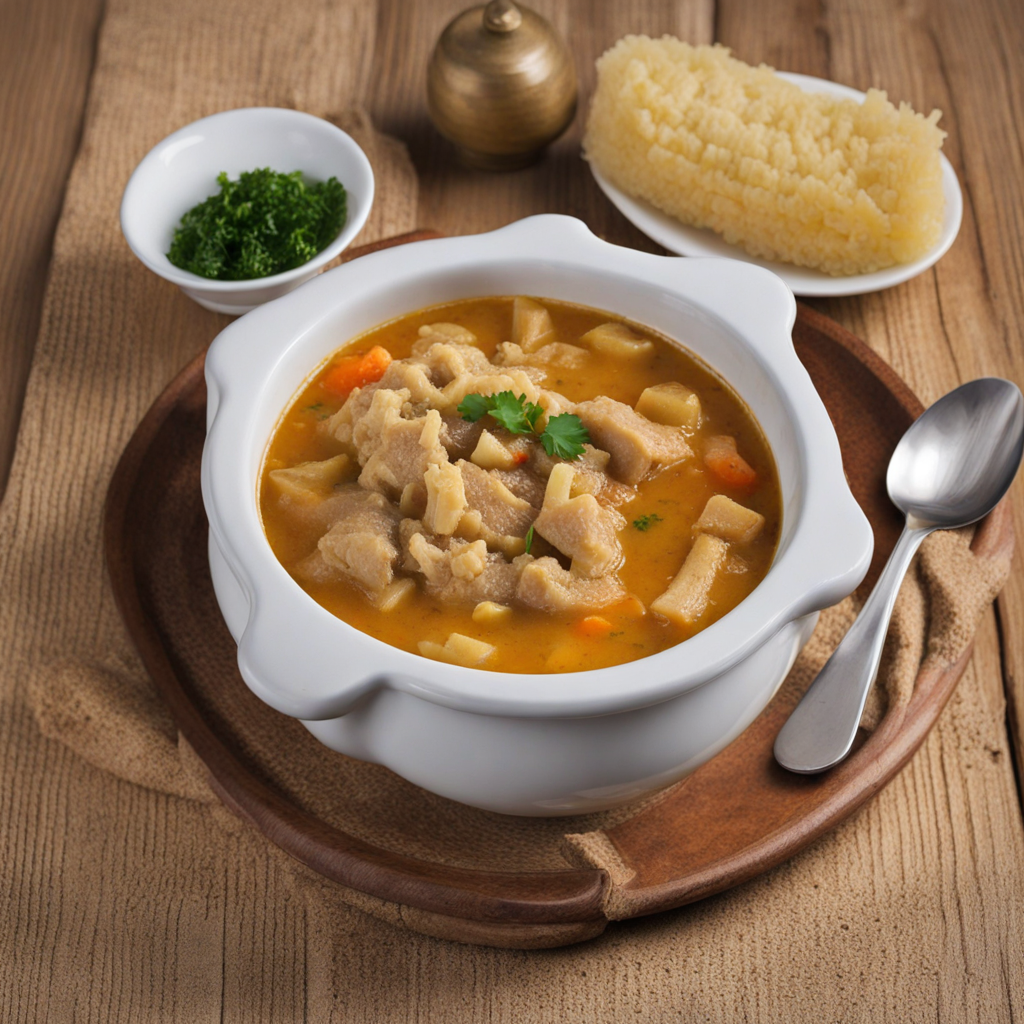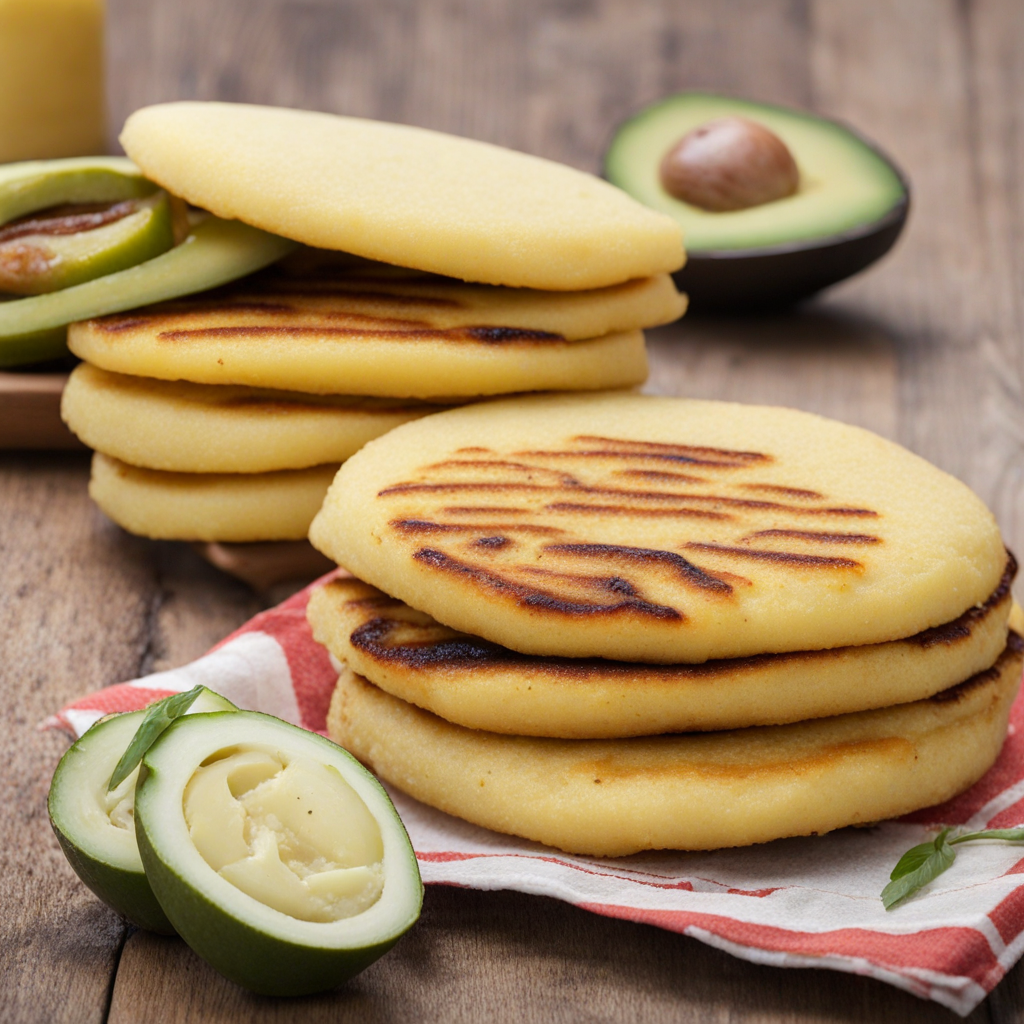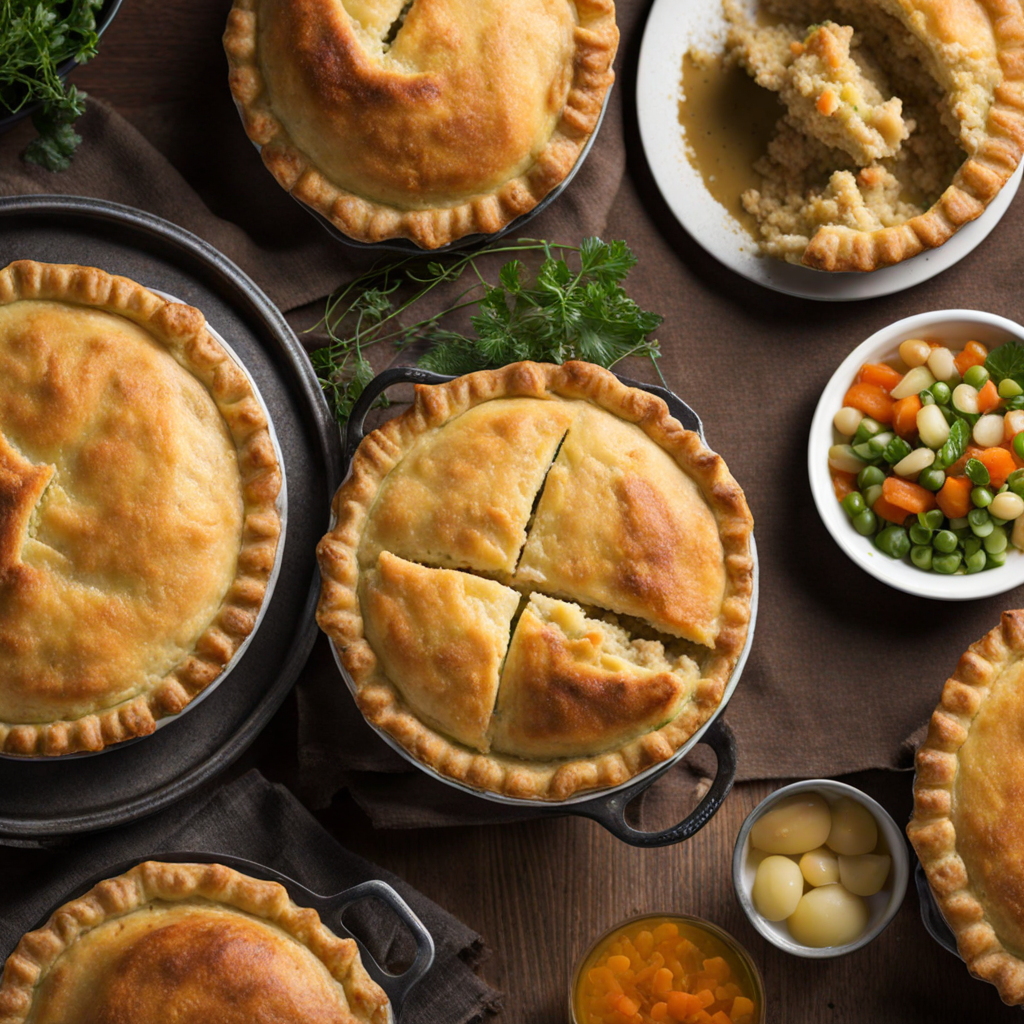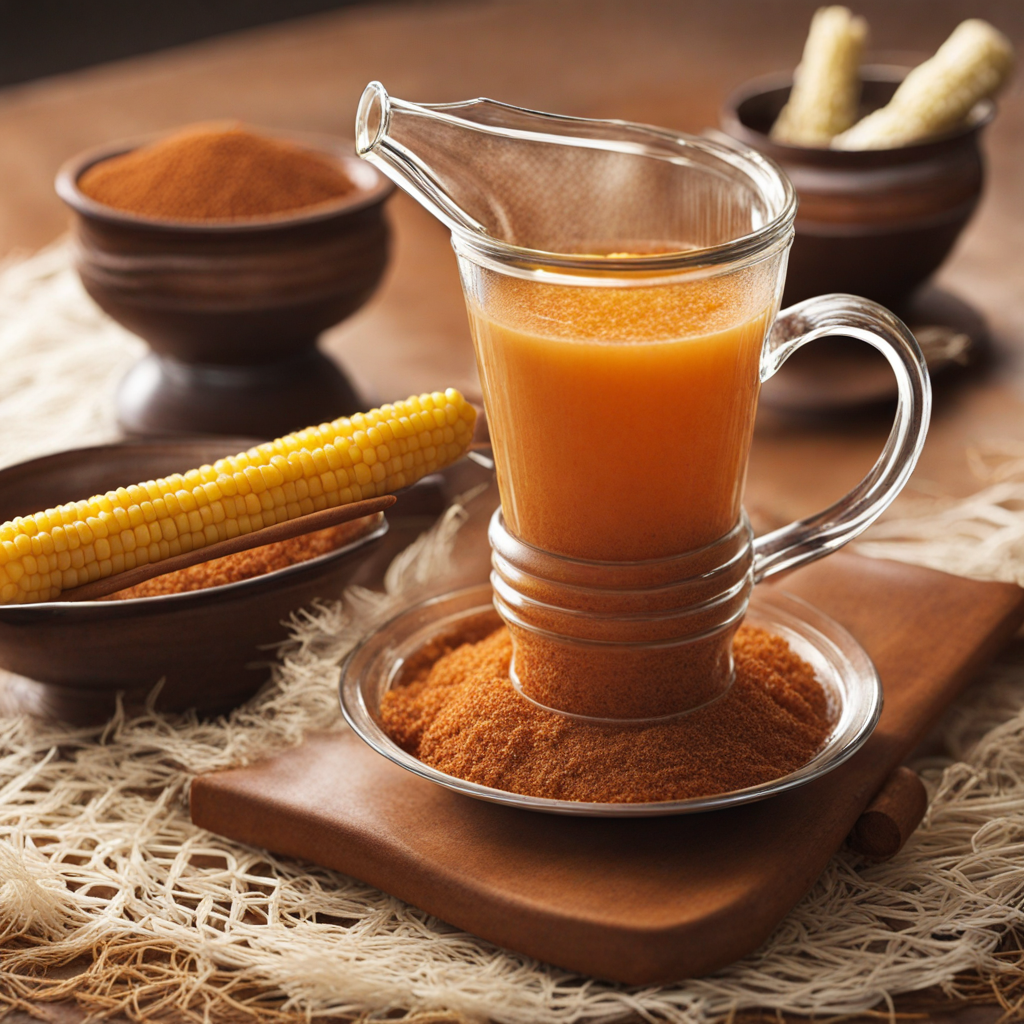Perico
Perico is a vibrant and flavorful dish hailing from Venezuela, celebrated for its simple yet delicious combination of ingredients. At its core, Perico features scrambled eggs, which are cooked to fluffy perfection and often infused with a variety of fresh vegetables. Commonly, you'll find tomatoes, onions, and bell peppers sautéed together, creating a colorful medley that enhances the eggs' natural richness. The dish is typically seasoned with salt, pepper, and sometimes a hint of cumin, adding depth and a touch of warmth to every bite. What sets Perico apart is its versatility and the way it embodies the essence of Venezuelan cuisine. It can be enjoyed at any meal of the day, whether as a hearty breakfast, a satisfying lunch, or even a light dinner. Many Venezuelans enjoy it alongside arepas, which are cornmeal cakes that can be filled or served on the side, making for a comforting and fulfilling meal. The combination of the creamy scrambled eggs with the slightly crisp texture of the arepas creates a delightful contrast that elevates the overall dining experience. To truly appreciate Perico, it’s essential to savor the freshness of the ingredients. The tomatoes burst with juiciness, the onions add a subtle sweetness, and the bell peppers contribute a crunchy texture, all harmonizing beautifully with the eggs. Some variations of Perico may also include cheese or avocado, further enhancing its flavor profile and nutritional value. This dish not only showcases the rich culinary traditions of Venezuela but also invites those who try it to explore a new and exciting taste that is both comforting and satisfying.
How It Became This Dish
The History of Perico: A Venezuelan Culinary Treasure Perico, a beloved dish from Venezuela, embodies the country’s rich culinary heritage, reflecting its diverse cultural influences and agricultural abundance. This scrambled egg dish, often combined with tomatoes, onions, and spices, serves not only as a staple breakfast item but also as a symbol of Venezuelan hospitality and home-cooked comfort. To understand Perico fully, it is essential to delve into its origins, cultural significance, and evolution over time. #### Origins: A Fusion of Influences The roots of Perico can be traced back to the early colonial period of Venezuela, when Spanish colonizers brought with them their culinary traditions and ingredients. The introduction of eggs—already a staple in Spanish cuisine—alongside local produce, created the perfect foundation for this dish. The name "Perico" itself is believed to derive from the Spanish word for parrot, referring to the colorful appearance of the dish when prepared with vibrant red tomatoes and green onions. Venezuela's geographical diversity, ranging from coastal regions to the Andes mountains, allowed for a variety of agricultural products to flourish. Tomatoes, onions, and peppers became integral components of the Venezuelan diet, and their incorporation into Perico was a natural evolution. Local farmers grew these ingredients, ensuring that the dish remained rooted in the land's bounty. #### Cultural Significance: A Symbol of Home Perico occupies a special place in Venezuelan culture. It is commonly served for breakfast, often accompanied by arepas (cornmeal patties) or cachapas (sweet corn pancakes). The dish’s simplicity and ease of preparation make it a favorite among families, often cooked by mothers and passed down through generations. It is not just sustenance; it represents warmth, love, and the gathering of family around the breakfast table. Beyond its role in daily life, Perico has cultural significance during special occasions and gatherings. Venezuelans often prepare it for festivals, holiday breakfasts, and communal feasts. The dish fosters a sense of togetherness, as friends and family come together to share a meal, emphasizing the importance of community in Venezuelan culture. Moreover, Perico is a versatile dish that adapts to personal tastes and regional variations. Some variations include the addition of avocado, cheese, or even meat, showcasing the creativity and resourcefulness of Venezuelan cooks. This adaptability has allowed Perico to remain relevant in the constantly evolving culinary landscape of Venezuela. #### Development Over Time: From Tradition to Modernity As Venezuela progressed through the 20th century, Perico remained a staple, but its preparation and presentation evolved. The rise of urbanization and the migration of Venezuelans to cities led to changes in eating habits. While traditional methods of cooking remained popular in rural areas, urban dwellers began to incorporate convenience into their culinary practices. The advent of fast food and international cuisine created a shift in how many Venezuelans viewed traditional dishes like Perico. However, this dish's inherent simplicity and the nostalgic connection it holds for many have kept it alive in urban settings. Cafés and restaurants began to include Perico on their menus, often presenting it with a modern twist while remaining true to its roots. In recent years, there has been a resurgence of interest in traditional Venezuelan cuisine, fueled by a growing movement to preserve cultural heritage amidst globalization. Chefs and home cooks alike have embraced Perico, experimenting with innovative variations while honoring its classic preparation. Social media platforms play a significant role in sharing these culinary experiences, enabling a new generation to explore their heritage through food. #### Global Influence: Perico Beyond Venezuela As Venezuelans have migrated around the world, they have taken Perico with them, introducing it to diverse audiences. In countries with significant Venezuelan communities, such as the United States, Colombia, and Spain, Perico has found its place in the local culinary landscape. Food trucks, pop-up restaurants, and community events showcase this dish, allowing non-Venezuelans to experience its flavors. The global interest in Latin American cuisine has also contributed to the popularization of Perico. Food enthusiasts and chefs from various culinary backgrounds have discovered the dish's potential, incorporating it into fusion dishes or highlighting it in culinary festivals. This international appreciation has helped elevate Perico beyond its humble origins, showcasing it as a dish worthy of recognition on the global stage. #### Conclusion: A Timeless Classic Perico represents more than just a dish; it is a testament to Venezuela's rich cultural tapestry and culinary history. From its colonial roots to its modern adaptations, Perico has endured as a beloved staple in Venezuelan households. Its ability to bring people together, whether at the breakfast table or in vibrant communal gatherings, speaks to the heart of Venezuelan culture. As we look to the future, Perico will undoubtedly continue to evolve, embracing new flavors and techniques while remaining grounded in its traditional foundation. Whether enjoyed in a rustic kitchen in the Venezuelan countryside or a trendy café in a bustling city, Perico will always carry with it the spirit of home, family, and the vibrant culture of Venezuela.
You may like
Discover local flavors from Venezuela



